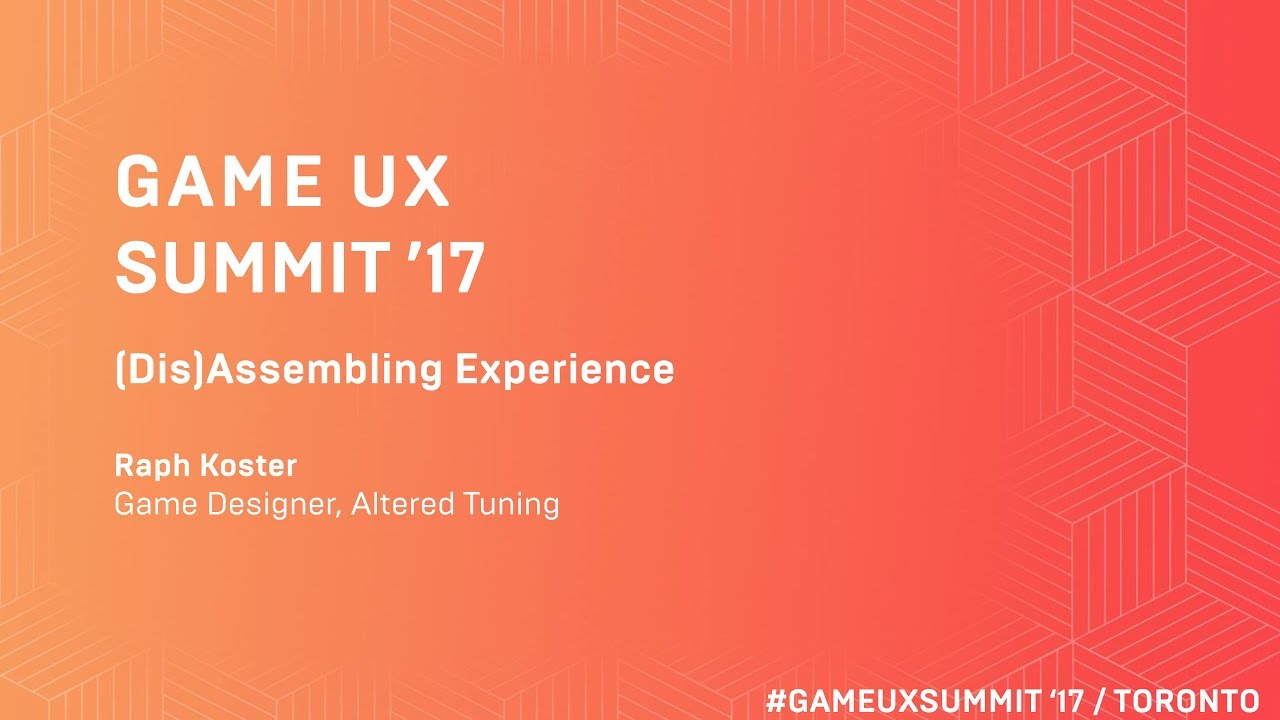
Jesse Himmelstein
Developer, game designer, researcher, teacher & entrepreneur
Welcome to my personal website.
You’ll find occasional blog posts, links to my projects, and talks that I found valuable.
-

-
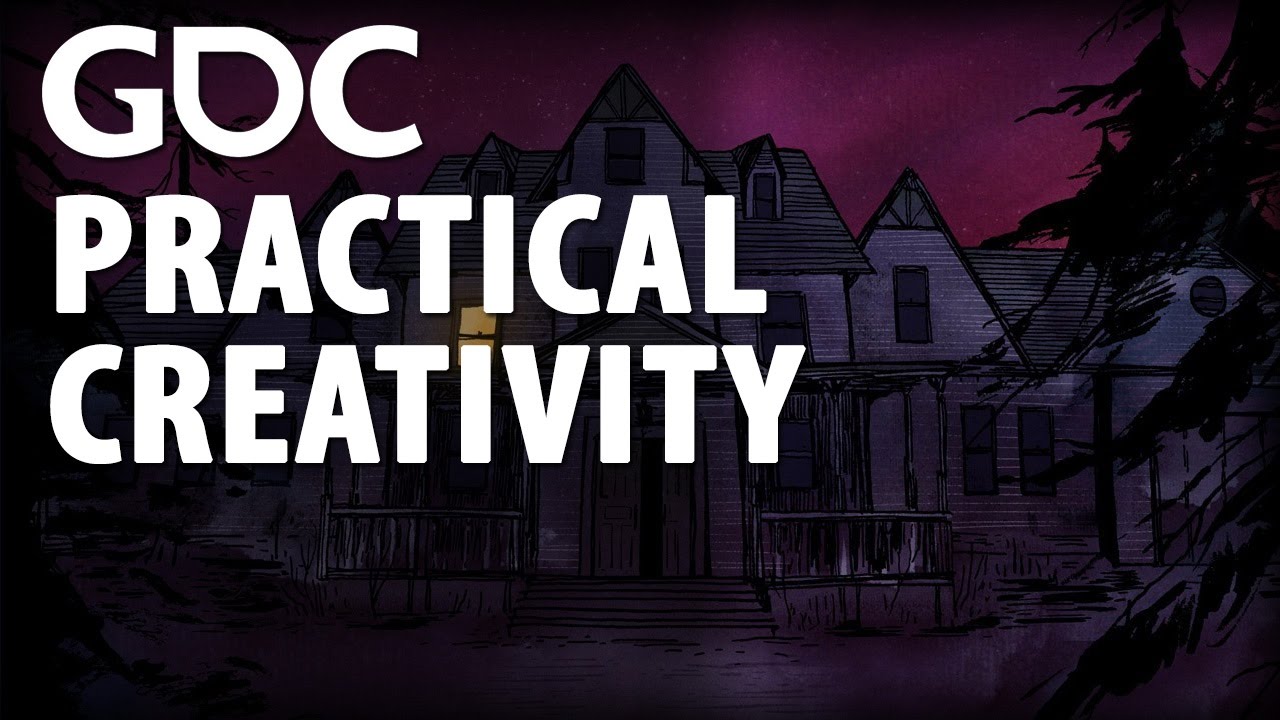
Practical Creativity by Raph Koster
-

Promouvoir la diversité avec les jeux open source @ Capitole du Libre
Voici mon talk sur le projet IncLudo en fin 2017 au Capitole du Libre, à Toulouse.
-
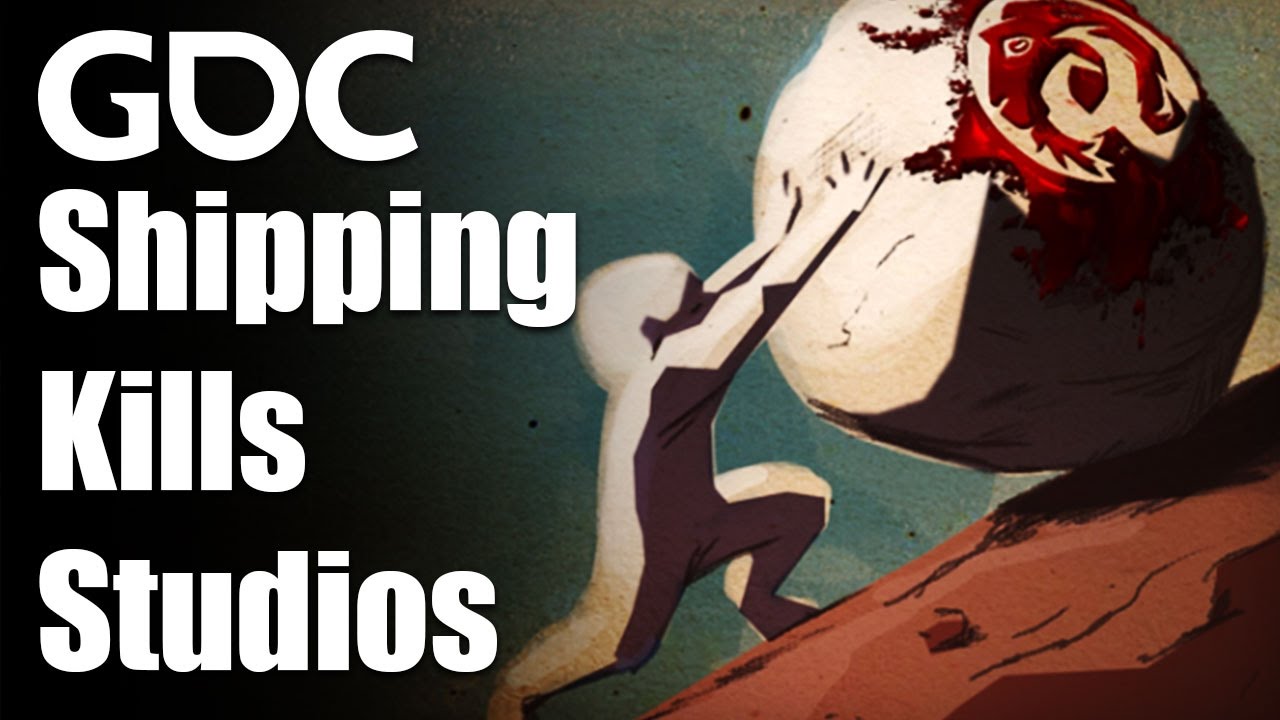
Shipping Kills Studios: A Study of Indie Team Dynamics
-
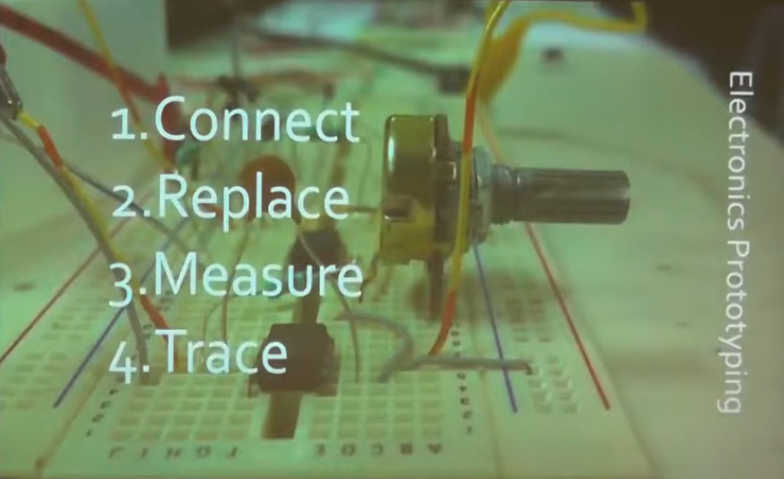
Lessons learned making a visual programming language to remix open source games – Talk at Scratch conference in Bordeaux
The Scratch Conference last week in Bordeaux was so inspiring! Beyond the success of Scratch itself, the community is developing an approach to education based on tinkering and exploration rather than passive listening. My talk was a bit out of…
-
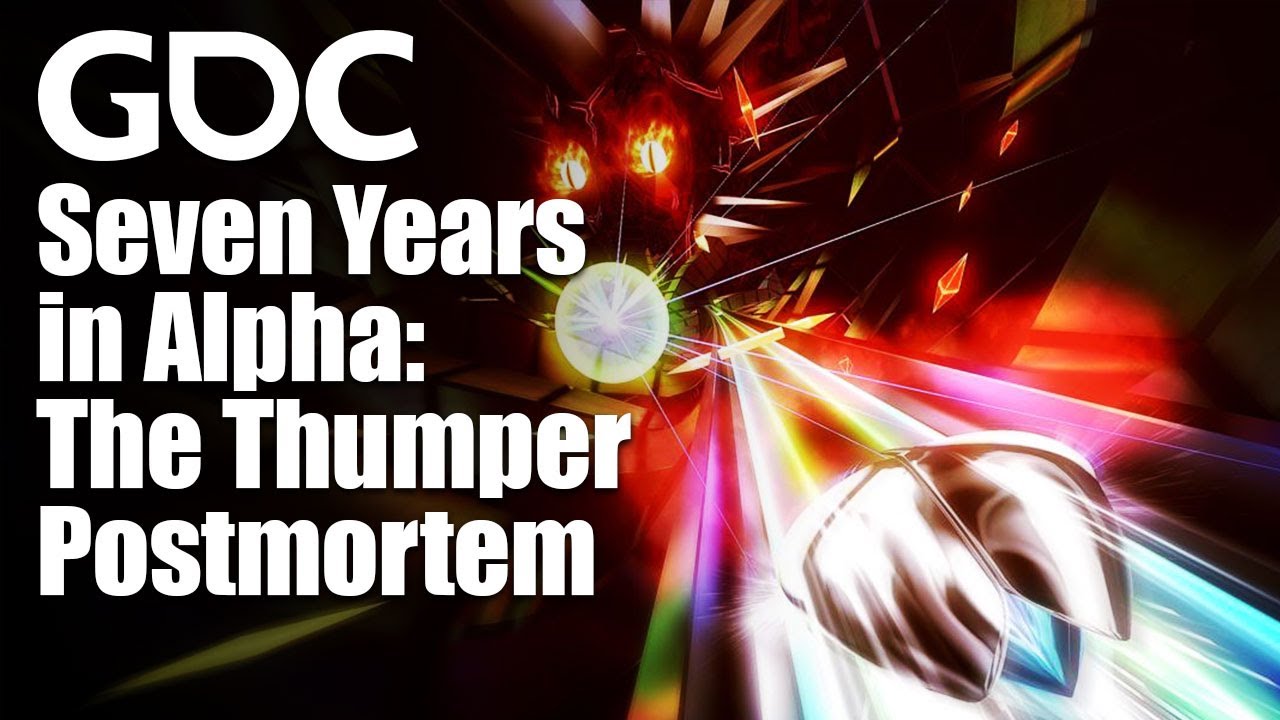
Seven Years in Alpha: The Thumper Postmortem
A real “indie” spirit runs through this story of 7 years of game development, some part-time, some full-time. Marc shows the demos along the way that so that you see the major departures. It’s inspiring to see how they moved…
-

Junkyard Sports with a virtual Bernie
Let’s discover fun by repurposing, reusing & upcycling old things and creating new games! During this play session, we (re) designed physical games, changed the goals & the rules of existing ones, and playfully explored new possibilities on adapting sports…
-

New Games Outside #2 – Playing for Bernie
Let’s go play in the park again! Last September, we played a bunch of fun games invented in the 1960s and 70s as part of the New Games movement. Then we made up our own. We’ve just learned that one…
-

Can Open Source Open Minds? at FOSDEM 2017
In the IncLudo project, we are making open source games to promote diversity in the workplace. After a year of building and testing game prototypes, we want to share what we’ve learned about bias, empathy, icebreakers, taboos, and board games…
-
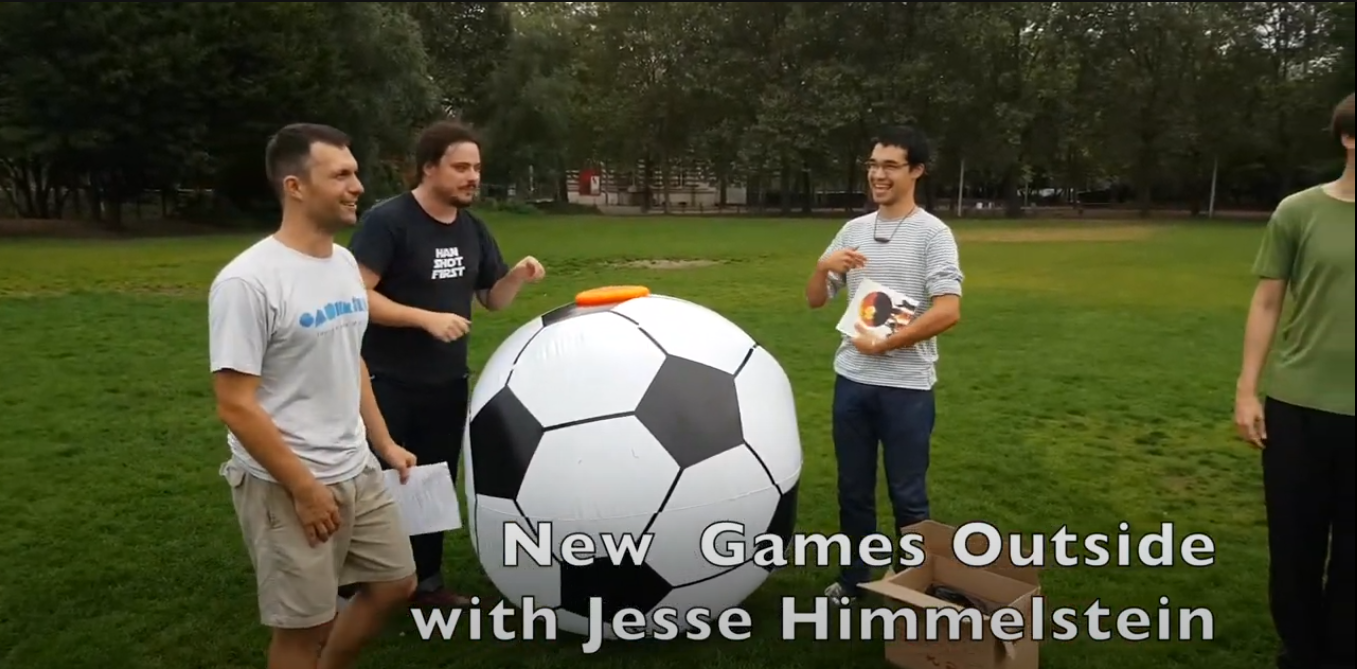
New Games Outside – quick intro
Recorded in Parc de la Villette in Paris, September 5, 2016. Thanks to Mourdjen Bari for filming, to Benjamin Misiak for carrying heavy boxes, and to everyone who came out for making this a great event despite the rain! For…